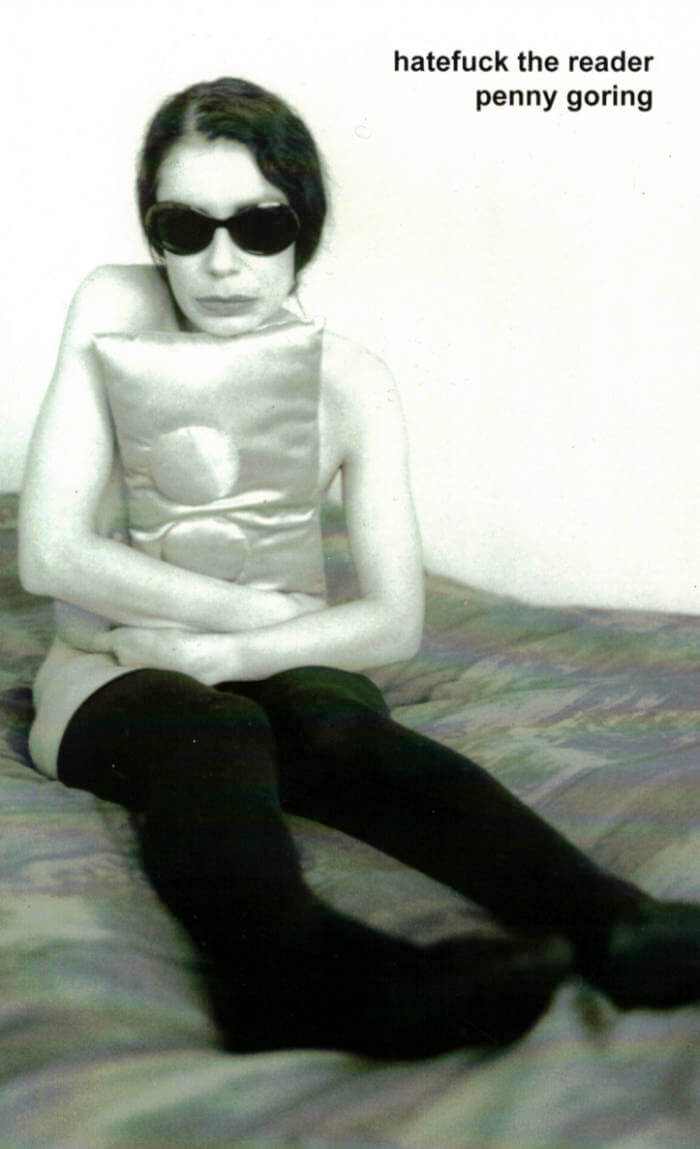
She didn't say it was her phone, she said her girlfriend heard a phone ringing
The volume is an epistolary narrative produced via text message with a community of anonymous correspondents. Following on from a performative work, conceived by Simon Asencio, this book stages a relation between two protagonists, U and I. Through identitarian slips and glyphs, the book explores the narrative ambiguities of experimental writing, to generate a space for fluidity and uncertainty, at the intersection of the artistic and the literary.
Edited by Lilou Vidal
Dear reader,
These words are the premises of a correspondence between you and I. It will carry on for some a few days or a few months, it's up to you-just tell me if you want ti bring this to an end. One part of this story has ended on April 19th, 2020. Another part continues within these bound pages.
U and I don't jnow each other: two letters standing in for two characters in a story yet to be narreted.
You will remain forever the riddle, an address to the unknown: I will be writing to U, unknowing of who stands behind this U (after all you could be so many), unknowing of where you stand when reading these words, unknowing of how these words might coalesce with the life that forges your sense of self daily.
In my case this I might not necessarily stand for one self either, yet I will account for all of these selves.
I hope this masquerade will allow us to get closer. To long for and attend to each other without assuming our otherness.
I do not expect any answers. Yet if you do, I promise it will remain between U and I.
I look forward x
+32 485 837 930
Simon Asencio (Toulouse, 1988) uses imposture and the expression of doubt to create performances that question the notions of liveness, stage and audience. The publication of this book results from the exhibition This Is My Body, My Body Is Your Body, My Body Is the Body of the Word, curated by Lilou Vidal, at Le Delta, Namur (BE); in partnership with Le Delta, Namur, with the support of Fédération Wallonie-Bruxelles.







